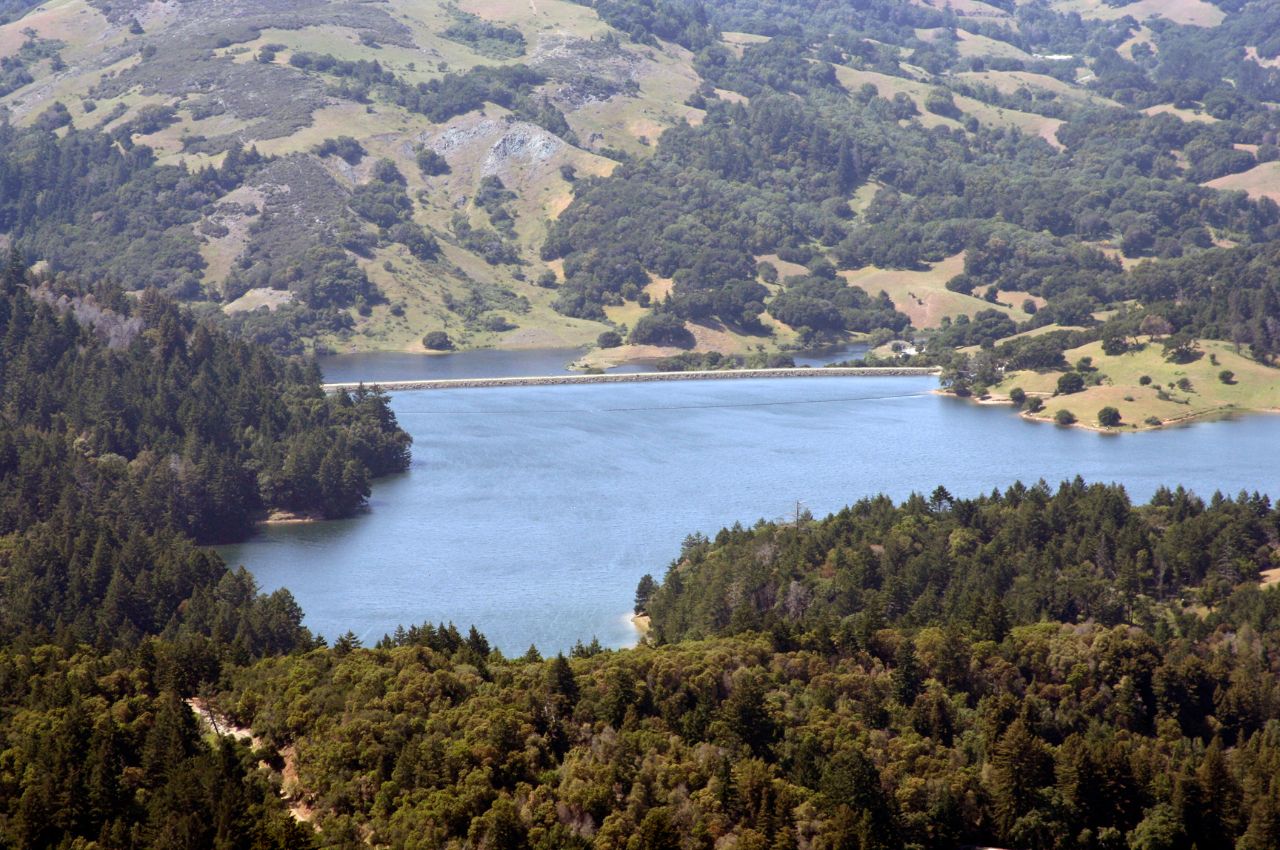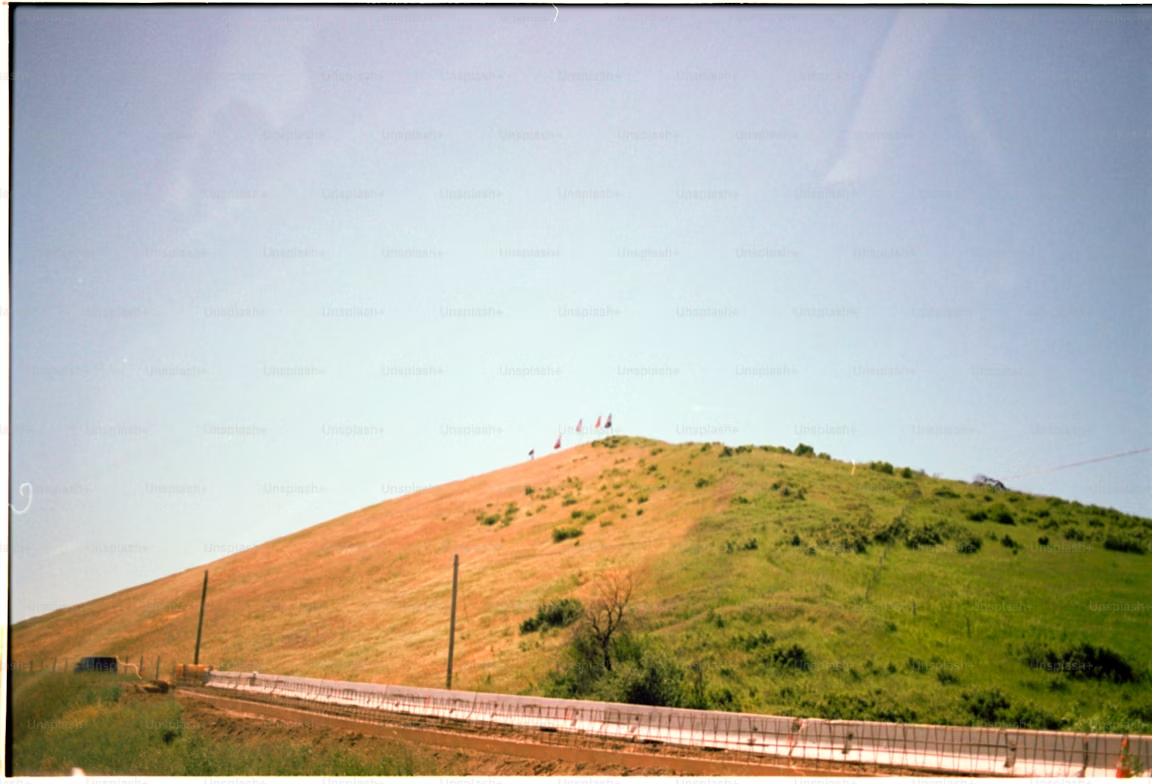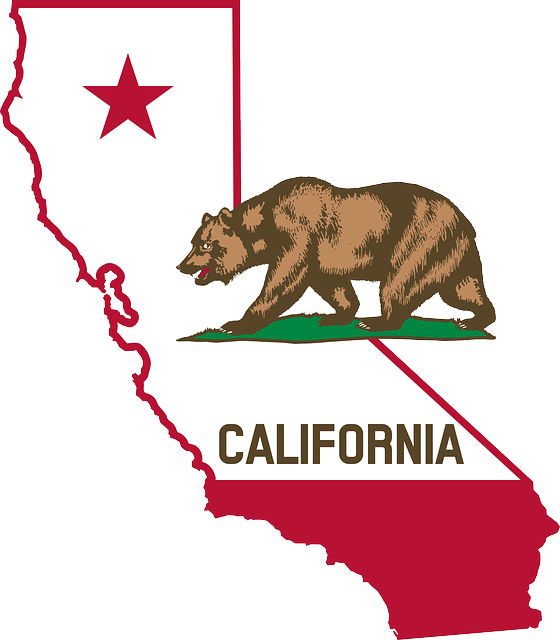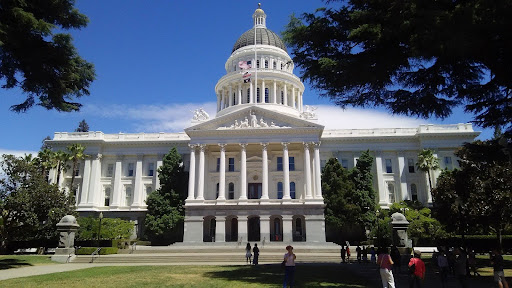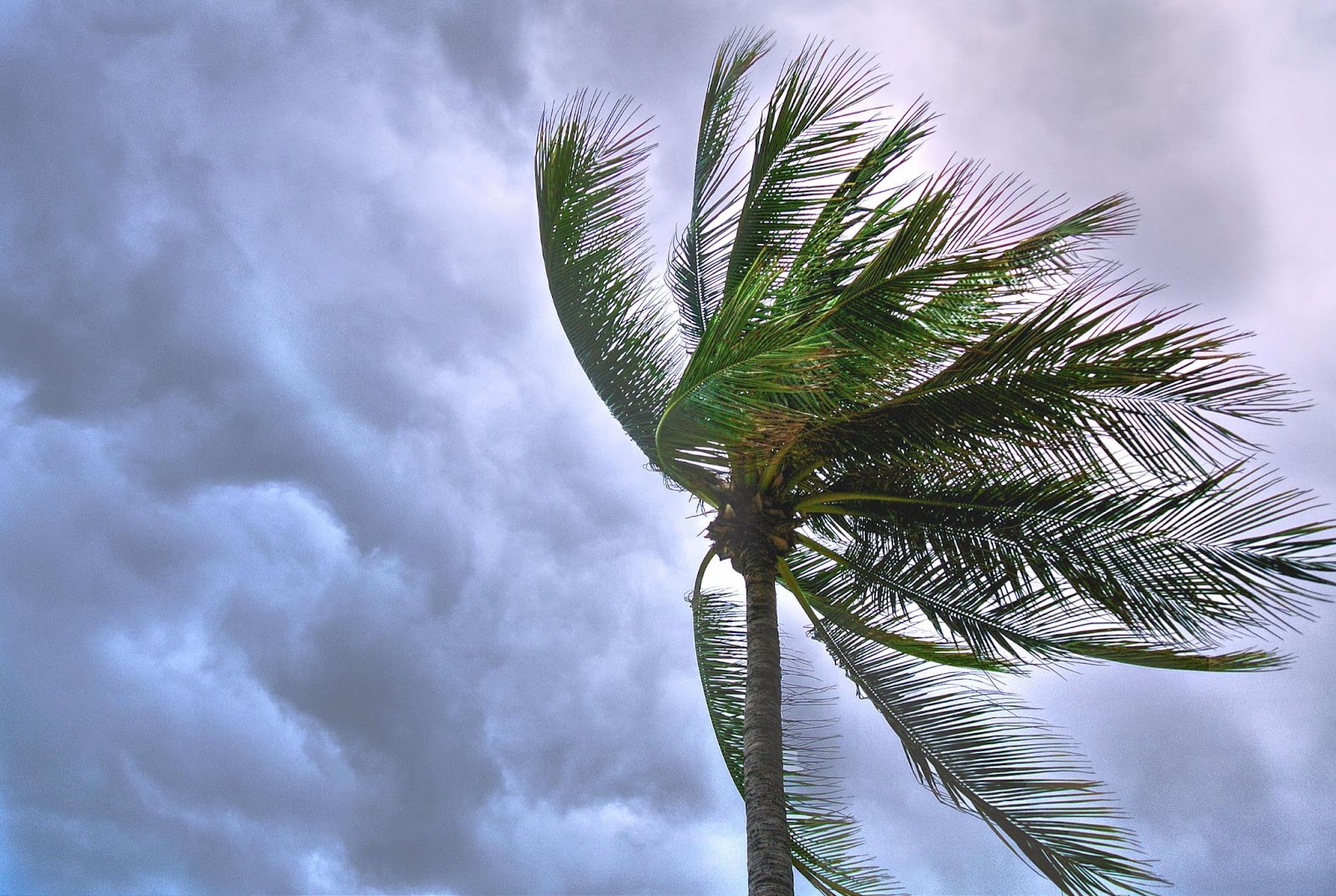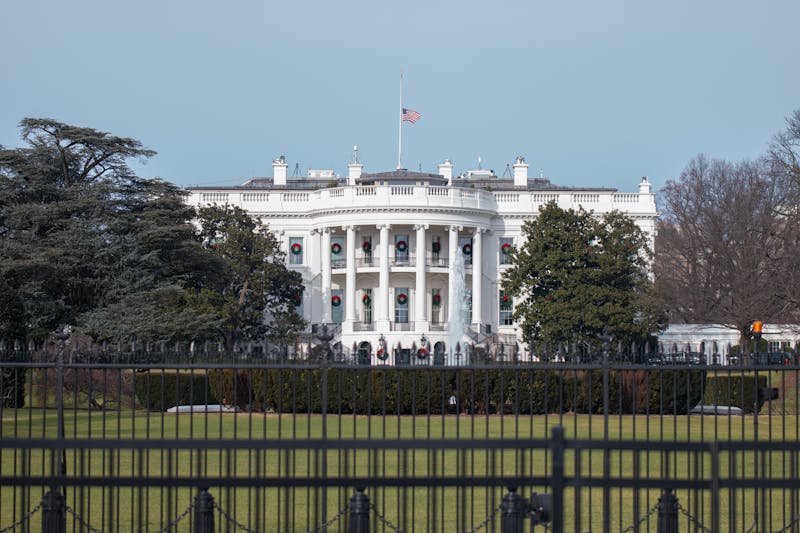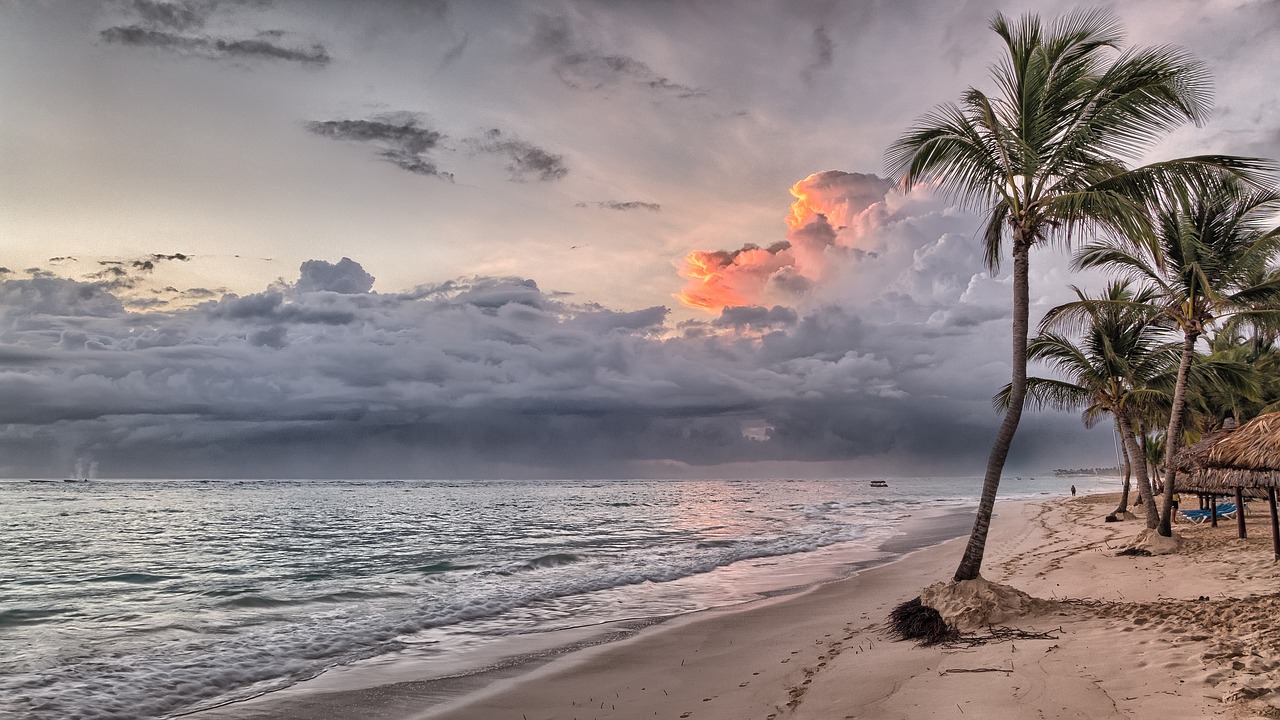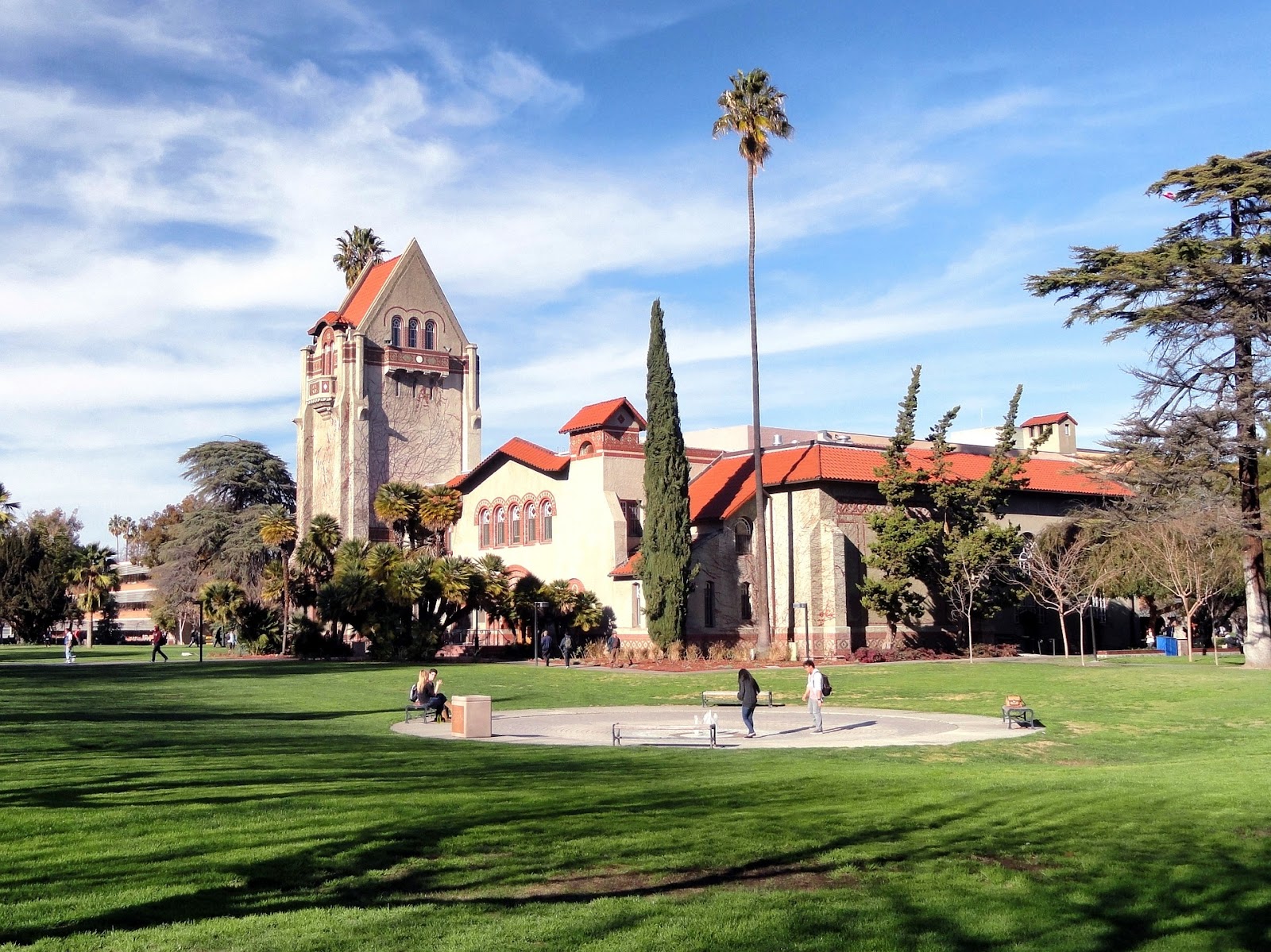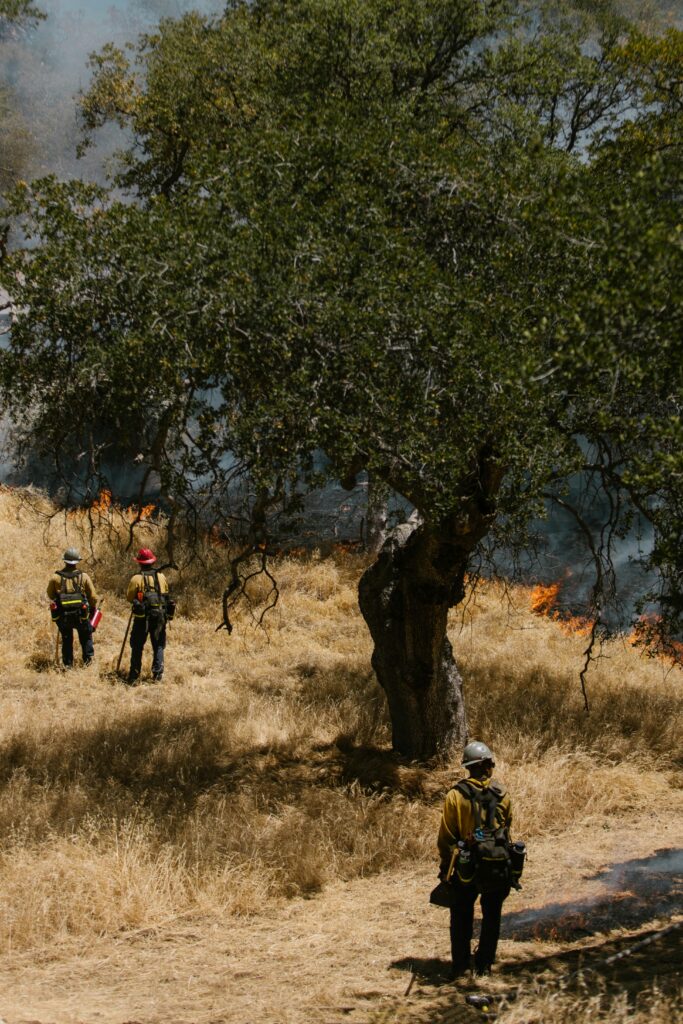Californians are witnessing a remarkable turnaround as the state’s once-depleted reservoirs return to life thanks to a series of powerful storms. After enduring three long years of drought, the state has been blessed with a deluge that has replenished reservoirs and water levels, revitalizing landscapes left parched and cracked.
The skies opened in December as atmospheric rivers brought record-breaking rainfall and snow to California. This meteorological marvel transformed the state, catapulting it from three driest years to three of its wettest weeks. As a result, 12 of California’s 17 major reservoirs now boast water levels above their historical averages for the start of spring.
The newfound abundance of water has reinvigorated major reservoirs, including Folsom Lake and Lake Oroville, which now surpass their historical averages for the beginning of spring. For the first time in years, the once dry and dusty landscapes have been replaced by vibrant, lush vistas. This incredible turnaround has ended the era of dry wells, fallow fields, and strict lawn-watering restrictions that Californians endured just a few months ago.
While the storms have been a blessing for the beleaguered state, they have brought their fair share of challenges. Some reservoirs are so full that water must be released to accommodate the anticipated deluge from snowmelt and storm runoff. As the weather warms and the massive snowpack in the Sierra Nevada mountains melts, water managers prepare for potential flooding in the Sierra foothills and Central Valley.
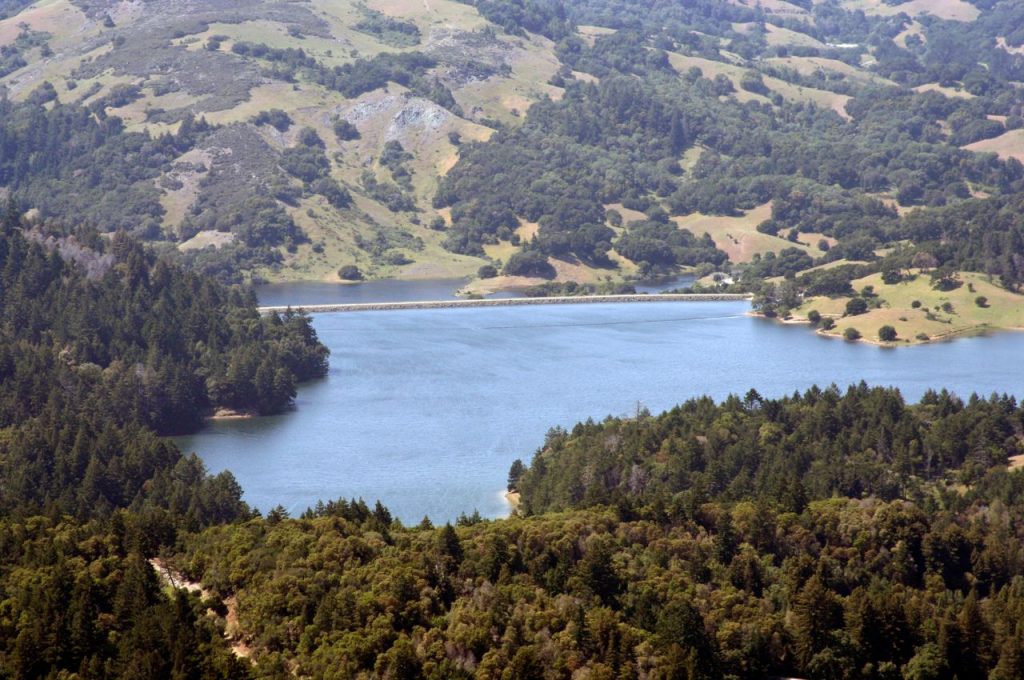
This torrent of water has also led to the reopening of the Oroville Dam spillway, which was rebuilt after breaking apart during heavy rains in February 2017. At that time, more than 180,000 people were evacuated from downstream areas along the Feather River. Today, the reservoir is 16% above its historical average, a far cry from 2021, when water levels dropped so low that its hydroelectric dams ceased generating power.
The transformation has been a boon for local marinas, which have seen their boat rental businesses rebound as water levels rise. In Lake Oroville, water levels have climbed a staggering 230 feet (70 meters) higher than their low point in 2021. The resurgence has made recreational activities more accessible and enjoyable, attracting visitors to the lake for a fun-filled day on the water.
Despite the dramatic turnaround, Governor Gavin Newsom has not declared the drought over. Water shortages persist along the California-Oregon border and parts of Southern California that rely on the struggling Colorado River. However, the governor has lifted some of the state’s water restrictions and has stopped asking residents to reduce their water use by 15% voluntarily.
As the state emerges from drought, officials urge residents to remain vigilant in their water conservation efforts. In the era of climate change, a wet year could easily be followed by several dry ones, plunging the state back into drought conditions. Conservation must become a way of life to protect California’s precious water resources.
In the face of adversity, Californians have shown resilience and adaptability. As the state celebrates the return of water to its parched reservoirs, it serves as a powerful reminder of nature’s ability to surprise and recover. It also underlines the importance of water conservation and adaptive water management strategies in an unpredictable future.
